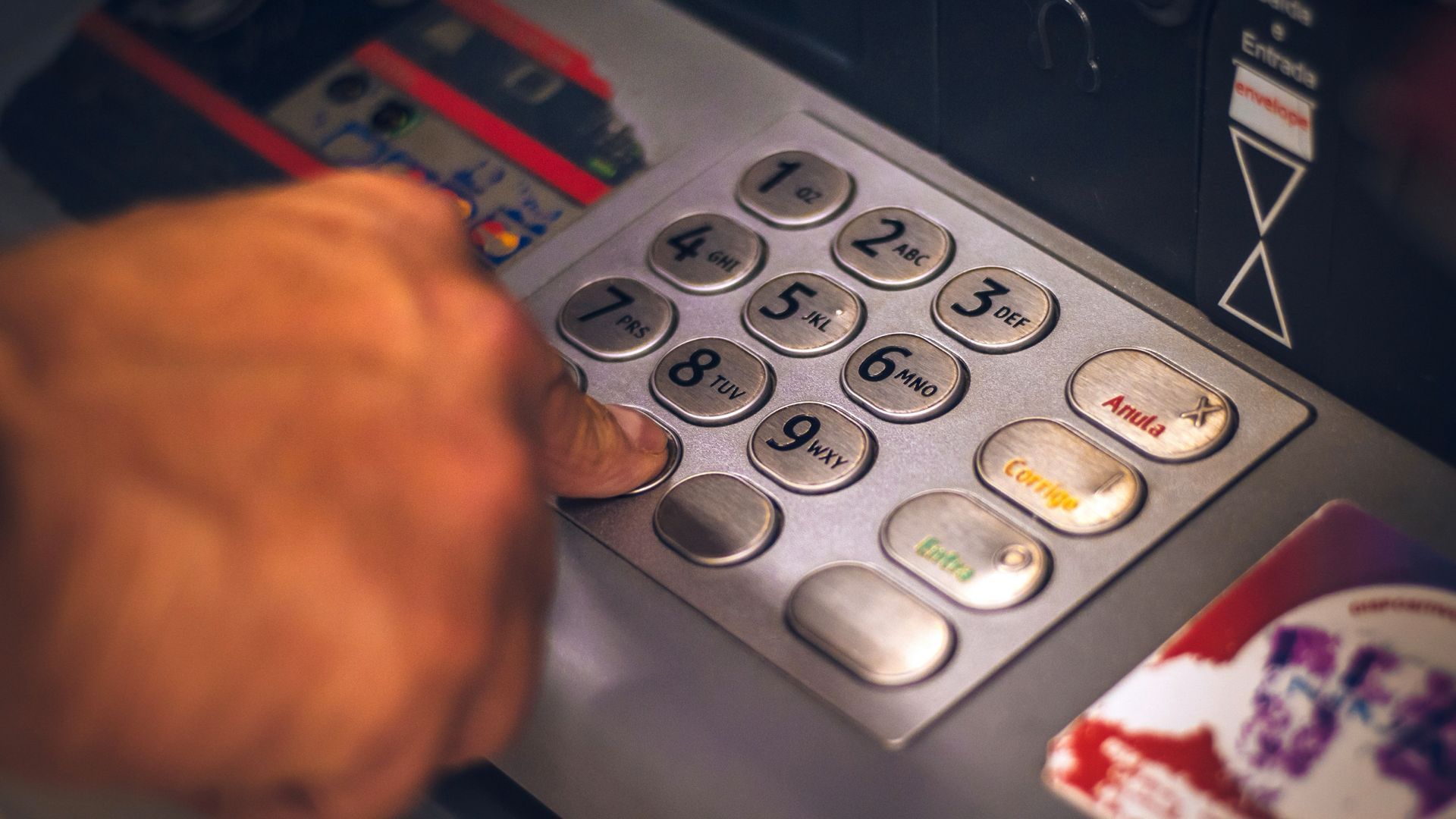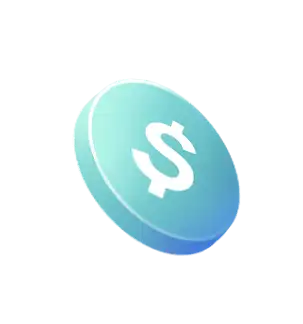Personal Finance
•
6 mins read
•
April 22, 2021
Current Balance vs. Available Balance: What's the Difference?
It’s time to master your checking account and avoid unnecessary fees.

If you’re trying to
, chances are that you’re watching your checking account and learning the financial jargon you see on your statements. Amongst those terms, “current balance” and “available balance” are often confused, but these two are not interchangeable. Current Balance vs. Available Balance: Why Are They Different?
Your current balance is the total amount of money in your account, but your available balance is the total amount of money you can spend at any given time.
The reason these two numbers are different is because pending transactions, such as a recently deposited check, may not be available for you to use yet, but they still get counted into your current balance.
If you don’t have any holds or pending transactions, these two numbers will be the same. But, on the other hand, if you just deposited a large amount of money, say a bonus, you may not be able to spend that money just yet.
What is Your Current Balance?
Your current balance is typically the number you see when you log in to check your bank account. This number is important because it gives you an idea of how much money you possess at a given time — and this number can be useful for
.
Still, you’ll want to note the differences between your current balance and your available balance if you have major payments coming up, particularly if you have pending payments and the two figures aren’t the same.
What is Your Available Balance?
Your available balance is the amount of money you can access immediately and spend. If you
, that pending transaction won’t be counted in your available balance immediately, though it will be a part of your current balance.
This occurs because banks take a few hours to a few days to verify the validity of the check you’ve deposited and transfer those funds to your account. Every bank has a different policy regarding pending transactions, though, so certainly check what your bank’s policies are so you’re aware of your available balance and how long it might take for it to become identical to your current balance.
It is important to be aware of your available balance, though, as you don’t want to incur fees if you have insufficient funds. For example, if your available balance and current balance are identical, say $100, but you spend $25 on dinner with your debit card, your available balance now falls to $75, while your current balance remains $100.
At the same time, if you make a check for $80, the bank may pay that check, first, leaving your current balance at $20, which means you have insufficient funds to pay for dinner. Any
for this transaction will further be deducted from your account. As such, it’s important to keep these figures separate and not assume you have all of your current balance to spend when you also know you have pending transactions.
Current Balance vs Available Balance: Which Should I Refer To?
As you can tell from the example above, it’s easy to confuse these figures and overspend. The most obvious solution here is to pad your checking account with extra cash, just in case, so that you don’t have to worry about overpaying by a small amount like $5.
But, if you’re hoping to rely on just one of these figures, refer to your available balance. Your available balance will still not reflect all of the funds at your disposal at a given time since, if you have a check that needs to be deposited, your available balance could be lower than it will be once the pending transaction goes through, or vice versa if you’re the one writing the check.
However, your available balance will still reflect some changes to your account faster than your current balance will, such as debit card payments. As such, the best account to refer to is one where you track your expenses closely and in real-time, faster than your bank. But, barring those methods, your available balance is typically more reliable.
The confusion and inaccuracy between your current balance and available balance in the 12-72+ hours it may take your bank to process your pending transactions is in large part why people use
cards, instead, and why
is sometimes easier than tracking multiple transactions in your checking account throughout the month.
While some banks may not even charge you an
, it’s easier to avoid those hurdles by using a credit card or, as suggested above, maintaining a buffer amount in your checking account that guarantees you haven’t overspent.
Ultimately, get comfortable with both your current and available balance. While your available balance is likely more up-to-date, your current balance has its uses, too, particularly when creating an accurate budget. And, better understanding both of these balances is essential to staying ahead of unnecessary fees and tracking your expenses more efficiently.


